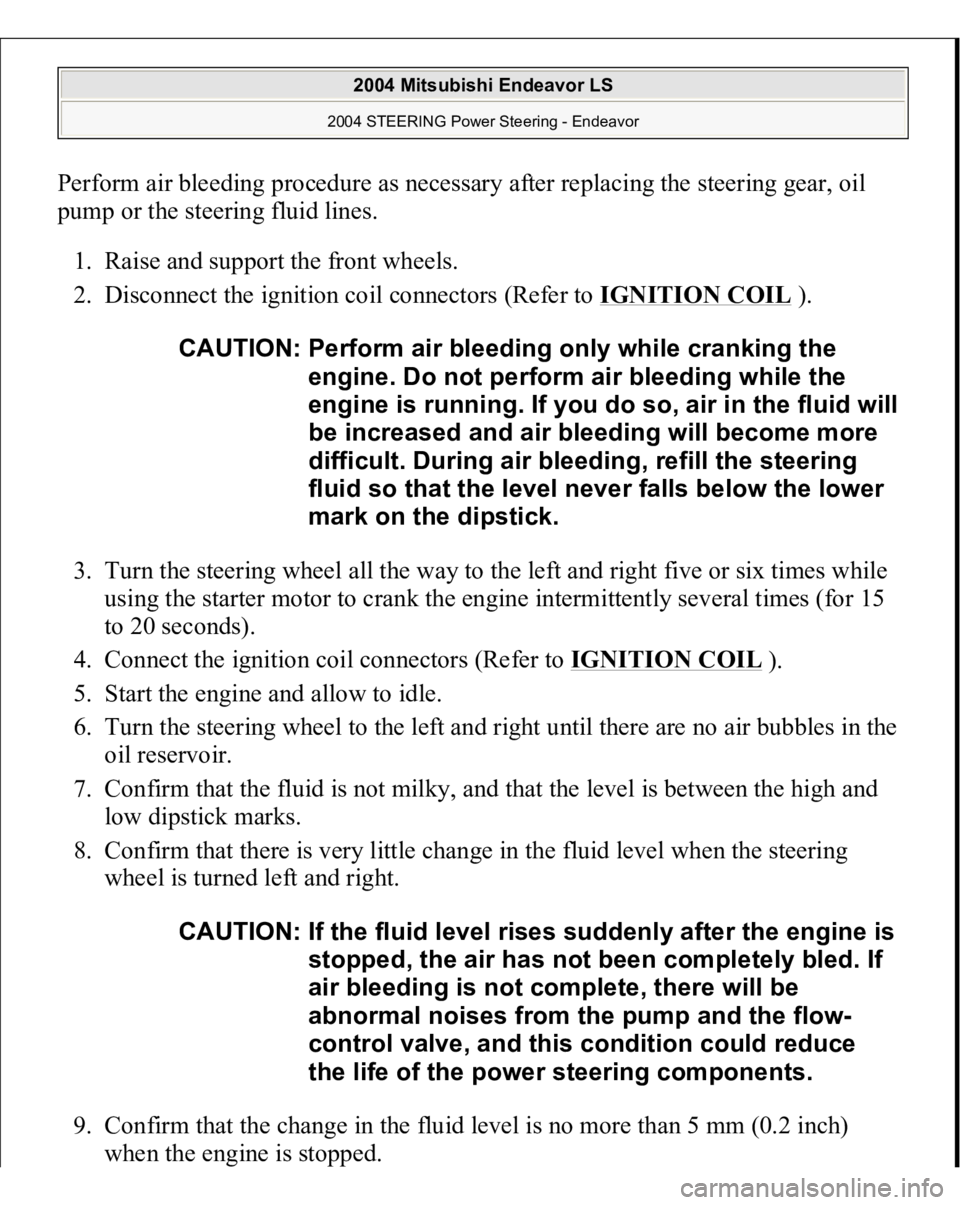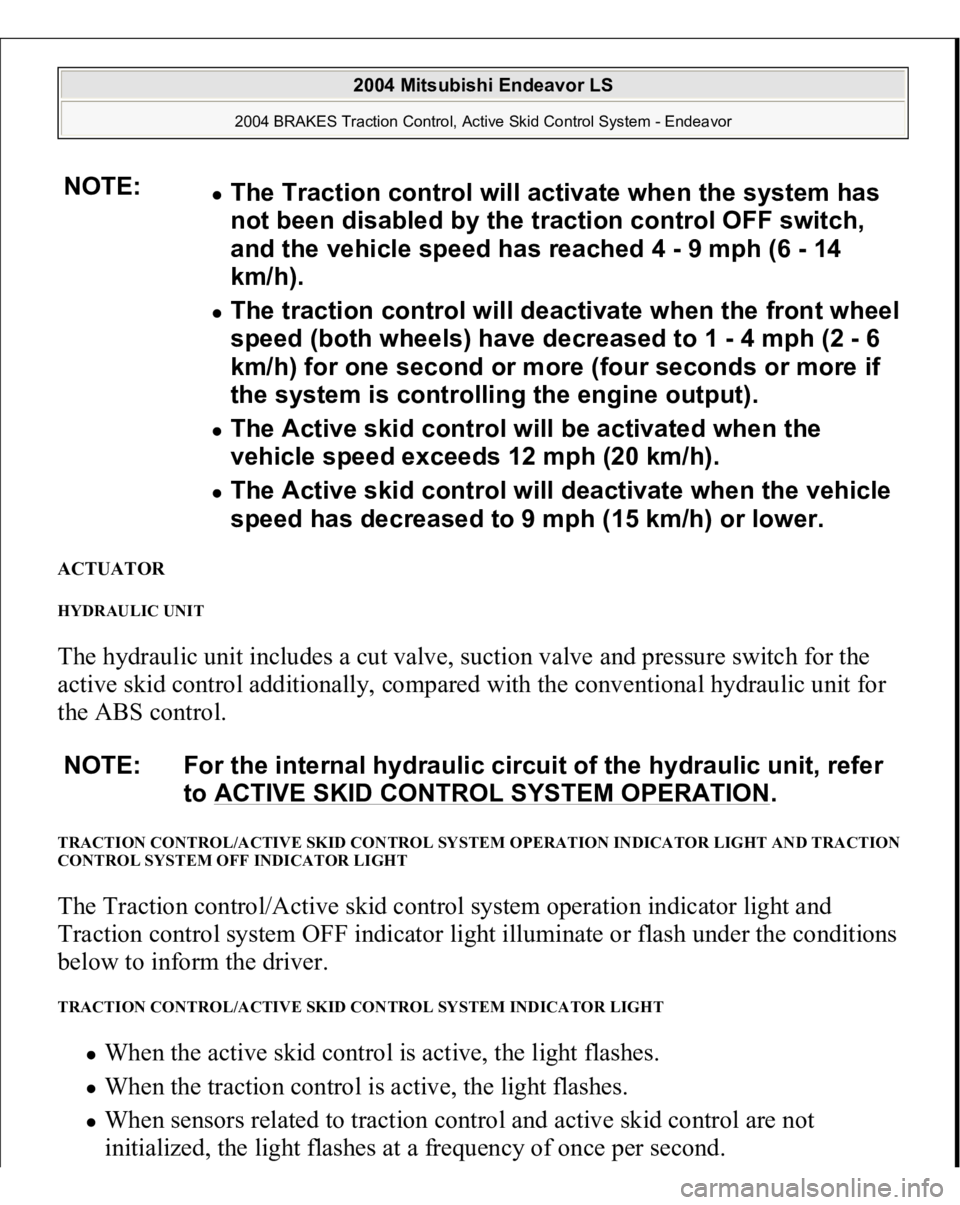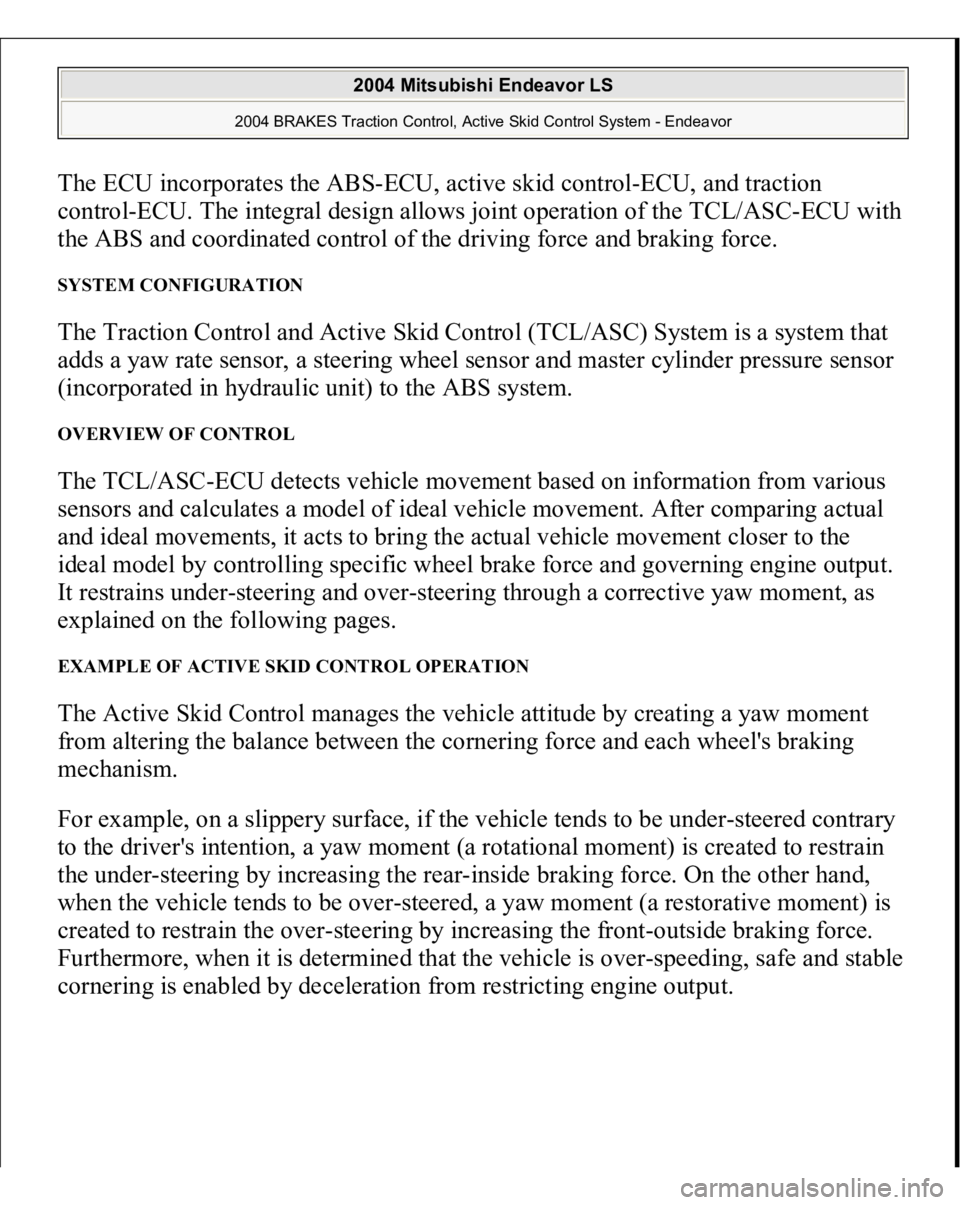Page 2856 of 3870

Perform air bleeding procedure as necessary after replacing the steering gear, oil
pump or the steering fluid lines.
1. Raise and support the front wheels.
2. Disconnect the ignition coil connectors (Refer to IGNITION COIL
).
3. Turn the steering wheel all the way to the left and right five or six times while
using the starter motor to crank the engine intermittently several times (for 15
to 20 seconds).
4. Connect the ignition coil connectors (Refer to IGNITION COIL
).
5. Start the engine and allow to idle.
6. Turn the steering wheel to the left and right until there are no air bubbles in the
oil reservoir.
7. Confirm that the fluid is not milky, and that the level is between the high and
low dipstick marks.
8. Confirm that there is very little change in the fluid level when the steering
wheel is turned left and right.
9. Confirm that the change in the fluid level is no more than 5 mm (0.2 inch)
when the en
gine is sto
pped.
CAUTION: Perform air bleeding only while cranking the
engine. Do not perform air bleeding while the
en
gine is runnin
g. If
you do so, air in the fluid will
be increased and air bleeding will become more
difficult. During air bleeding, refill the steering
fluid so that the level never falls below the lower
mark on the dipstick.
CAUTION: If the fluid level rises suddenly after the engine is
stopped, the air has not been completely bled. If
air bleeding is not complete, there will be
abnormal noises from the pump and the flow-
control valve, and this condition could reduce
the life of the power steering components.
2004 Mitsubishi Endeavor LS
2004 STEERING Power Steering - Endeavor
Page 2858 of 3870
2. Bleed air, then turn the steering wheel several times while the vehicle is not
moving so that the temperature of the fluid rises to approximately 50 - 60°C
(122 - 140°F).
3. Start the engine and idle it at 700 +/- 100 r/min.
4. Fully close the shut-off valve of the pressure gauge and measure the oil pump
relief pressure to confirm that it is within the standard value range. Open it
again immediately after checking the pressure.
Standard value: 9.3 - 9.8 MPa (1,349 - 1,421 psi)
CAUTION: The pressure gauge shut-off valve must not
remain closed for more than 10 seconds.
2004 Mitsubishi Endeavor LS
2004 STEERING Power Steering - Endeavor
Page 2861 of 3870
C (122 - 140°F).
3. The engine should be idling.
4. Disconnect the connector for the oil pressure switch, and place an ohmmeter at
the switch.
5. Gradually close the shut-off valve of the pressure gauge and increase the
hydraulic pressure, then check whether or not the hydraulic pressure that
activates the switch is the standard value.
Standard value: 18 - 2.4 MPa (261 - 348 psi)
6. Gradually open the shut-off valve and reduce the hydraulic pressure; then
check whether or not the hydraulic pressure that deactivates the switch is the
standard value.
Standard value: 0.8 - 2.4 MPa (116 - 348 psi)
7. Remove the special tools MB991548, MB990662 and MB991549, and then
tighten the pressure tube flare nut to the specified torque.
Tightening torque: 15 +/- 3 N.m (11 +/- 2 ft-lb)
8. Bleed the system. (Refer to POWER STEERING SYSTEM AIR BLEEDING
).
2004 Mitsubishi Endeavor LS
2004 STEERING Power Steering - Endeavor
Page 2882 of 3870
Fig. 40: Removing & Installing Power Steering Gear Box And Linkage (1 Of 2)Courtes
y of MITSUBISHI MOTOR SALES OF AMERICA
.
tightened, and then fully tightened after placing the
vehicle horizontally and loading the full weight of the
engine on the vehicle body.
2004 Mitsubishi Endeavor LS
2004 STEERING Power Steering - Endeavor
Page 3109 of 3870

2004 BRAKES
Traction Control, Active Skid Control System - Endeavor
GENERAL INFORMATION Traction Control/Active Skid Control System (TCL/ASC) is available for AWD
models as optional equipment.
The Traction Control/Active Skid Control System is a combination system of
active skid control system and traction control system. The active skid control
system avoids a dangerous vehicle attitude by limiting the engine output and
braking a set of wheels (front left and right rear, or right front and left rear)
according to driving conditions. The traction control system prevents wheel
spinning at vehicle start. Fail-safe function ensures safety is maintained Diagnostic function provides improved serviceability To shorten the lines and enhance data transmission reliability, communication
with other ECU is
performed over a CAN
(Controller Area Network
).
2004 Mitsubishi Endeavor LS
2004 BRAKES Traction Control, Active Skid Control System - Endeavor
2004 Mitsubishi Endeavor LS
2004 BRAKES Traction Control, Active Skid Control System - Endeavor
Page 3111 of 3870
Fig. 2: Traction Control, Active Skid Control Function Outline
Courtesy of MITSUBISHI MOTOR SALES OF AMERICA.
SYSTEM CHECK SOUND When starting the engine, a thudding sound can sometimes be heard coming from
the engine compartment. This is a normal sound during the TCL/ASC self-check. TCL/ASC OPERATION SOUNDS AND SENSATIONS During normal operation, the TCL/ASC makes several sounds that may seem
unusual at first:
2004 Mitsubishi Endeavor LS
2004 BRAKES Traction Control, Active Skid Control System - Endeavor
Page 3115 of 3870

ACTUATOR HYDRAULIC UNIT The hydraulic unit includes a cut valve, suction valve and pressure switch for the
active skid control additionally, compared with the conventional hydraulic unit for
the ABS control. TRACTION CONTROL/ACTIVE SKID CONTROL SYSTEM OPERATION INDICATOR LIGHT AND TRACTION
CONTROL SYSTEM OFF INDICATOR LIGHT The Traction control/Active skid control system operation indicator light and
Traction control system OFF indicator light illuminate or flash under the conditions
below to inform the driver. TRACTION CONTROL/ACTIVE SKID CONTROL SYSTEM INDICATOR LIGHT
When the active skid control is active, the light flashes. When the traction control is active, the light flashes. When sensors related to traction control and active skid control are not
initialized, the li
ght flashes at a fre
quenc
y of once
per second.
NOTE:
The Traction control will activate when the system has
not been disabled by the traction control OFF switch,
and the vehicle speed has reached 4 - 9 mph (6 - 14
km/h). The traction control will deactivate when the front wheel
speed (both wheels) have decreased to 1 - 4 mph (2 - 6
km/h) for one second or more (four seconds or more if
the system is controlling the engine output). The Active skid control will be activated when the
vehicle speed exceeds 12 mph (20 km/h). The Active skid control will deactivate when the vehicle
speed has decreased to 9 mph (15 km/h) or lower.
NOTE: For the internal hydraulic circuit of the hydraulic unit, refer
to ACTIVE SKID CONTROL SYSTEM OPERATION
.
2004 Mitsubishi Endeavor LS
2004 BRAKES Traction Control, Active Skid Control System - Endeavor
Page 3117 of 3870

The ECU incorporates the ABS-ECU, active skid control-ECU, and traction
control-ECU. The integral design allows joint operation of the TCL/ASC-ECU with
the ABS and coordinated control of the driving force and braking force. SYSTEM CONFIGURATION The Traction Control and Active Skid Control (TCL/ASC) System is a system that
adds a yaw rate sensor, a steering wheel sensor and master cylinder pressure sensor
(incorporated in hydraulic unit) to the ABS system. OVERVIEW OF CONTROL The TCL/ASC-ECU detects vehicle movement based on information from various
sensors and calculates a model of ideal vehicle movement. After comparing actual
and ideal movements, it acts to bring the actual vehicle movement closer to the
ideal model by controlling specific wheel brake force and governing engine output.
It restrains under-steering and over-steering through a corrective yaw moment, as
explained on the following pages. EXAMPLE OF ACTIVE SKID CONTROL OPERATION The Active Skid Control manages the vehicle attitude by creating a yaw moment
from altering the balance between the cornering force and each wheel's braking
mechanism.
For example, on a slippery surface, if the vehicle tends to be under-steered contrary
to the driver's intention, a yaw moment (a rotational moment) is created to restrain
the under-steering by increasing the rear-inside braking force. On the other hand,
when the vehicle tends to be over-steered, a yaw moment (a restorative moment) is
created to restrain the over-steering by increasing the front-outside braking force.
Furthermore, when it is determined that the vehicle is over-speeding, safe and stable
cornerin
g is enabled b
y deceleration from restrictin
g en
gine out
put.
2004 Mitsubishi Endeavor LS
2004 BRAKES Traction Control, Active Skid Control System - Endeavor